Many mature businesses struggle to find substantial new revenue opportunities either due to limitations in new product development, or insufficient spare capital to extend into new markets through acquisition. Creating a service ecosystem that leverages your core by adding on new products and services not traditionally associated with your category can be a powerful way to remedy this.
What is a Service Ecosystem?
A Service Ecosystem is a relatively self-contained system of partner organisations that create a system that integrates resources to create shared value, for the organisations and for their customers. Service Ecosystems create their value through relationships and networks, not through physical goods or infrastructure. For a business involved in a Service Ecosystem, rather than being part of a value chain, it becomes part of a value system.
Service Ecosystem Design helps companies leverage the value of their existing customer base, to partner with other organisations to design a new service based offer. It enables companies inside the ecosystem to discover non-core products and services that, when combined, provide new and additional value to the existing customer base and make each brand more attractive to potential customers. The key to successfully identifying and building Service Ecosystems around your core business is a deep understanding of customer need states, what drives and motivates their behaviour, and how the dynamically changing socio-economic environment impacts them. Leaders inside Service Ecosystems have a significant competitive advantage.
Most of today’s fastest-growing companies — from Amazon and Google, to Alibaba and Tencent — are explicitly positioning themselves as ecosystem players, as hubs within networks of customers, suppliers, and producers of complementary services.
Ecosystem Businesses are Changing the Rules of Strategy, HBR 2019
AGL leveraged their core customer base to build new revenue from a service ecosystem
AGL, an Australian energy supplier, recognised the power of creating an ecosystem around its core business, realising that its customer base was just as important an asset as its power generation capabilities. It developed an innovative Electronic Vehicle (EV) Subscription that brought together everything their customer needed to make their next car electric (rather than powered by fuel). Their Service Ecosystem includes EV suppliers Tesla, Nissan, Hyundai, Kia and Mitsubishi. The subscription will be backed by a financial provider. Registration, roadside assist, insurance, tyres and services are all provided as part of the subscription. None of these organisations are suppliers under their existing core business. AGL has created an entirely new ecosystem to support their new offer - and it is beneficial for everyone involved.
AGL’s Customer Need States
AGL’s core business services the primary customer needs of: ‘powering their life’ and managing the cost of living. In this diagram, we identify two emerging need states that AGL have tapped into to extend their value proposition:
New ways to overcome limited spare capital.
Increasingly, many customers and potential customers have increasing concerns for our environment.
Identifying customer need states beyond the core informs the development of a Service Ecosystem that delivers more value for the customer, and for the organisations involved.
AGL understood that many of its customers would be open to swap their petrol car for an EV, and they could use AGL’s power rather than petrol. However the full cost outlay of an EV is a major inhibitor: most people don’t have the spare capital. AGL recognised this and wove together a suite of products and services to create a new, highly valued EV Subscription model. You can see from the CVP matrix that components of the CVP included things that were core to AGL’s business such as a solar power plan, as well as things not normally associated with an energy retailer, such as insurance and roadside assist.
A key element in creating effective service ecosystems is to understand in clear terms what your organisational assets and capabilities are, and which partnerships might extend or multiply those capabilities. This creates opportunities to both deepen existing customer relationships and build new ones. AGL have been selling the EV Subscription to their existing customer base and it is also an effective new customer acquisition strategy that is playing out well in the market.
Designing your Service Ecosystem
CapFeather applies it’s proprietary Adjacent Market Position development approach to find the right new service addition that best leverages your organisation’s core capabilities and customer base.
Start
We start with finding an Adjacent Market Position and explore the Service Ecosystem opportunity space.
CUSTOMER
We obtain key insights and choose target customer segments.
Journey
Map the customer journey focusing on key service scenarios and customer needs
Service Blueprint
Identify and visualise capabilities including: people, processes, systems, and data, that combine to deliver the service scenarios.
Business Design
Ideate, prototype and validate a viable and scalable service solution.
Go to market
Prioritise improvement initiatives and tactical fixes.
CapFeather’s approach delivers your Service Ecosystem competitive advantage.
From identifying your new Service Ecosystem opportunity concept, to detailed design and execution support, CapFeather’s approach helps your organisation move from concept to reality quickly.
Talk to us about achieving your growth potential.
cyrus allen, managing partner
Cyrus is a customer strategy and customer experience transformation expert who has led 200+ advisory projects with over 100 organisations across Australia and the Asia Pacific. Cyrus is a guest lecturer in CX at Melbourne Business School and brings a pragmatic, client-centric approach to consulting and advisory.
MATT POLL, experience research, strategy and design
Matt draws on decades as a CX thought leader across financial services, pharmaceutical, retail, education, energy, technology, hospitality and entertainment. Matt's deep expertise, leadership and analytical skills help solve complex CX business challenges, drive transformation and internal collaboration.
Why CapFeather?
We help mature firms find new and sustainable opportunities by looking beyond the immediate horizon.
Over 20 years of senior advisory, our people have worked on more than 200 projects to deliver bottom line growth and new revenue through product and service innovation - achieved though compelling customer
relationships.







